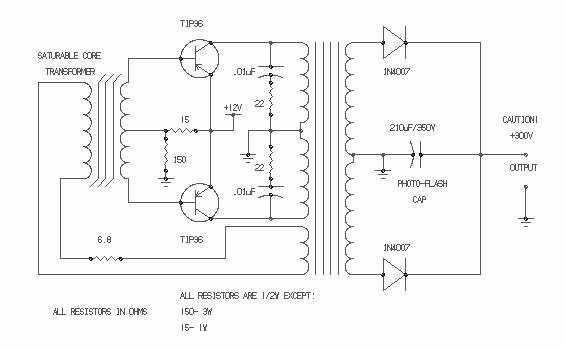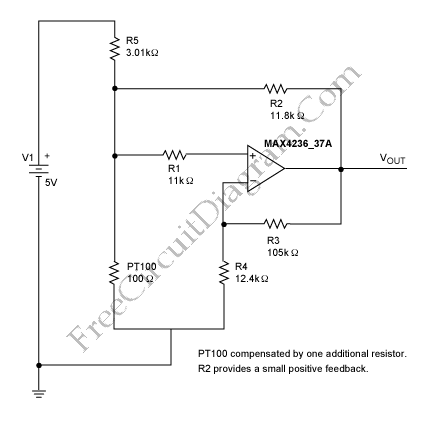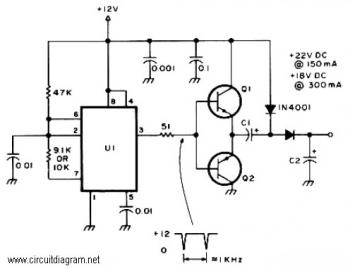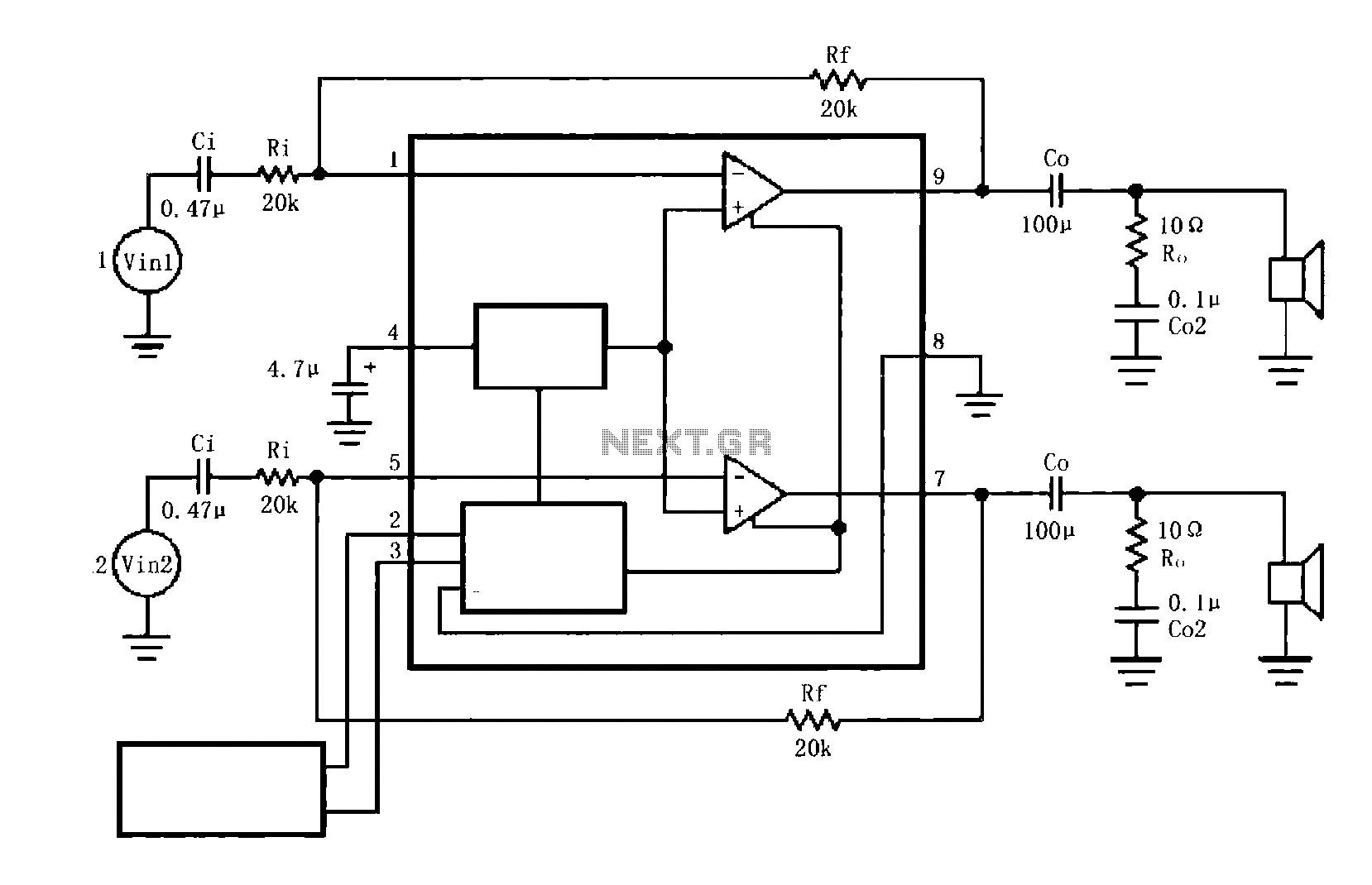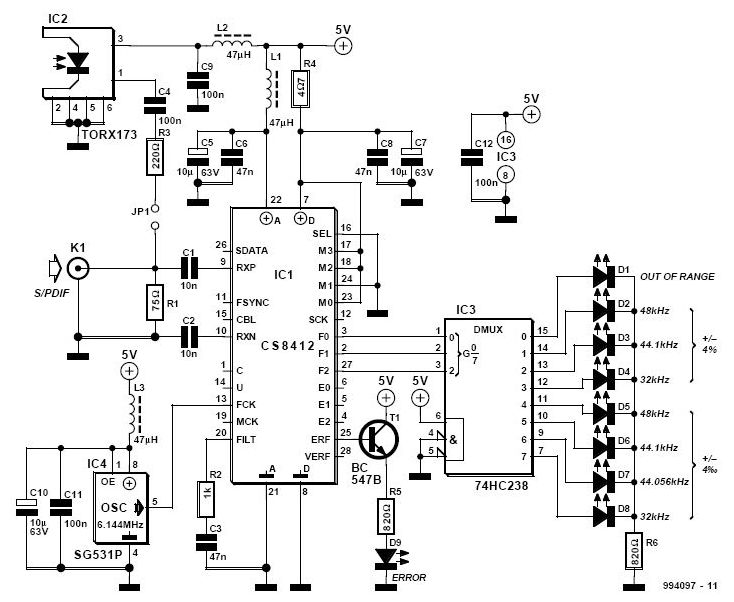
Inrush Current Limiter Circuit

Q1 is an NPN Darlington transistor, and Q2 is a PNP Darlington transistor. MOV1 is a metal-oxide varistor, while R8 is a thermistor used for limiting inrush current. This circuit is designed to limit AC line current to a load. After a predetermined interval, relay RY1 shorts out the thermistor or resistance RB. R4 can be 150 kΩ if R9 is not utilized. If power is removed, the circuit is prepared for immediate restart.
The circuit operates by utilizing Q1 and Q2 transistors in a Darlington configuration, which allows for high current gain and improved switching capabilities. The NPN and PNP configuration ensures that the circuit can effectively control current flow in both directions, making it suitable for AC applications.
The inclusion of MOV1 provides protection against voltage spikes, absorbing excess energy that could potentially damage sensitive components. This metal-oxide varistor acts as a voltage-dependent resistor, clamping the voltage to safe levels during transient events.
R8, the thermistor, plays a crucial role in managing inrush current, which can occur when power is first applied to a load. By limiting this initial surge, the thermistor helps to prevent damage to the circuit and prolongs the lifespan of the connected components. The relay RY1 is activated after a specific time period, allowing it to short out the thermistor or resistance RB, which helps to stabilize the circuit operation once the initial inrush has been managed.
R4 is specified to be 150 kΩ, assuming that R9 is not included in the circuit design. The resistance values selected in this circuit are critical for ensuring proper functionality and responsiveness. The design allows for immediate restart capability, meaning that once power is disconnected and then reapplied, the circuit can resume operation without delay. This feature is particularly advantageous in applications where uptime is critical, as it minimizes downtime due to power interruptions.
Overall, the described circuit effectively combines various components to manage current flow, protect against voltage surges, and ensure reliable operation in AC line applications. Q1 is an npn Darlington and Q2 is a prip Darlington. MOV1 is a metal-oxide varistor and R8 is an thermistor for limiting inrush current. This circuit limits ac line current to a load. When a predetermined interval has passed, RY1 shorts out thermistor or resistance RB. R4 can be 150 kQ if R9 is not used. If power is removed, the circuit is ready for immediate restart.
The circuit operates by utilizing Q1 and Q2 transistors in a Darlington configuration, which allows for high current gain and improved switching capabilities. The NPN and PNP configuration ensures that the circuit can effectively control current flow in both directions, making it suitable for AC applications.
The inclusion of MOV1 provides protection against voltage spikes, absorbing excess energy that could potentially damage sensitive components. This metal-oxide varistor acts as a voltage-dependent resistor, clamping the voltage to safe levels during transient events.
R8, the thermistor, plays a crucial role in managing inrush current, which can occur when power is first applied to a load. By limiting this initial surge, the thermistor helps to prevent damage to the circuit and prolongs the lifespan of the connected components. The relay RY1 is activated after a specific time period, allowing it to short out the thermistor or resistance RB, which helps to stabilize the circuit operation once the initial inrush has been managed.
R4 is specified to be 150 kΩ, assuming that R9 is not included in the circuit design. The resistance values selected in this circuit are critical for ensuring proper functionality and responsiveness. The design allows for immediate restart capability, meaning that once power is disconnected and then reapplied, the circuit can resume operation without delay. This feature is particularly advantageous in applications where uptime is critical, as it minimizes downtime due to power interruptions.
Overall, the described circuit effectively combines various components to manage current flow, protect against voltage surges, and ensure reliable operation in AC line applications. Q1 is an npn Darlington and Q2 is a prip Darlington. MOV1 is a metal-oxide varistor and R8 is an thermistor for limiting inrush current. This circuit limits ac line current to a load. When a predetermined interval has passed, RY1 shorts out thermistor or resistance RB. R4 can be 150 kQ if R9 is not used. If power is removed, the circuit is ready for immediate restart.
